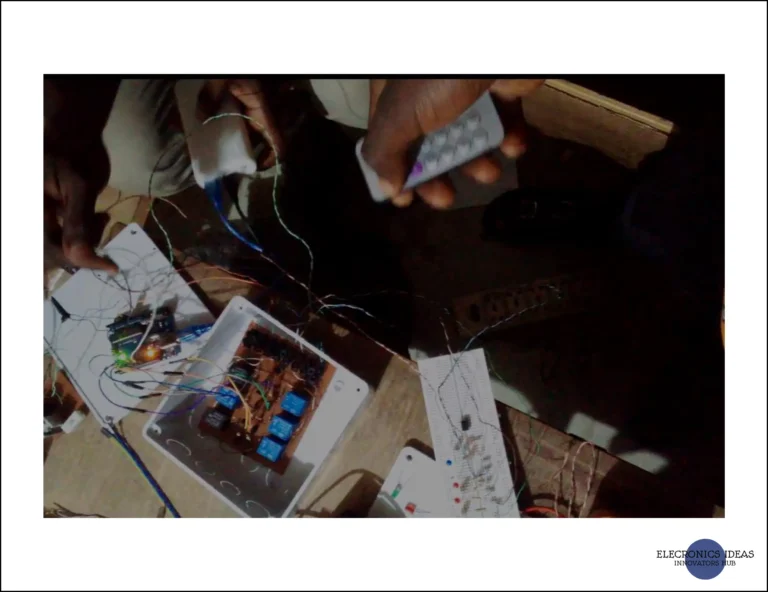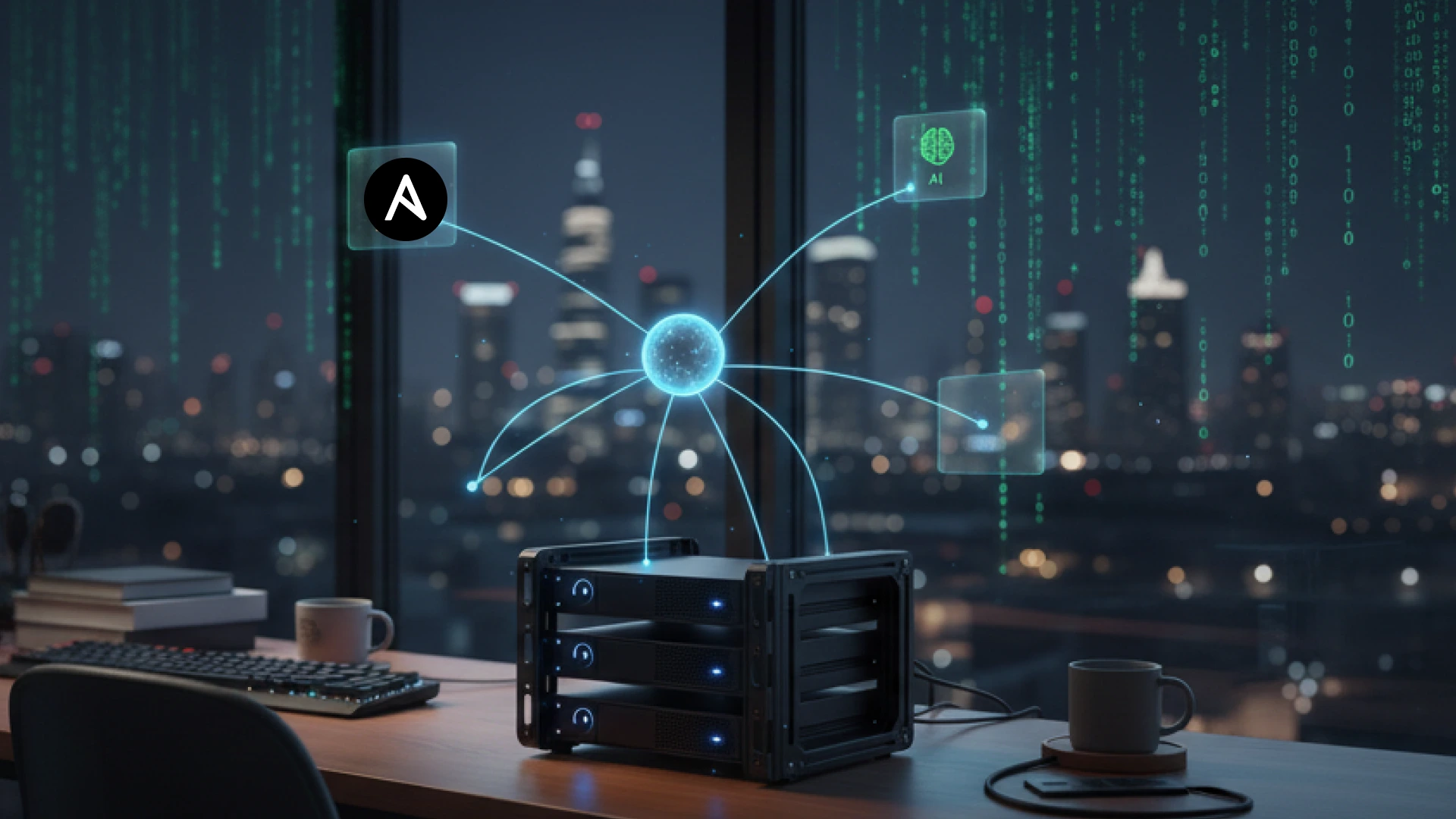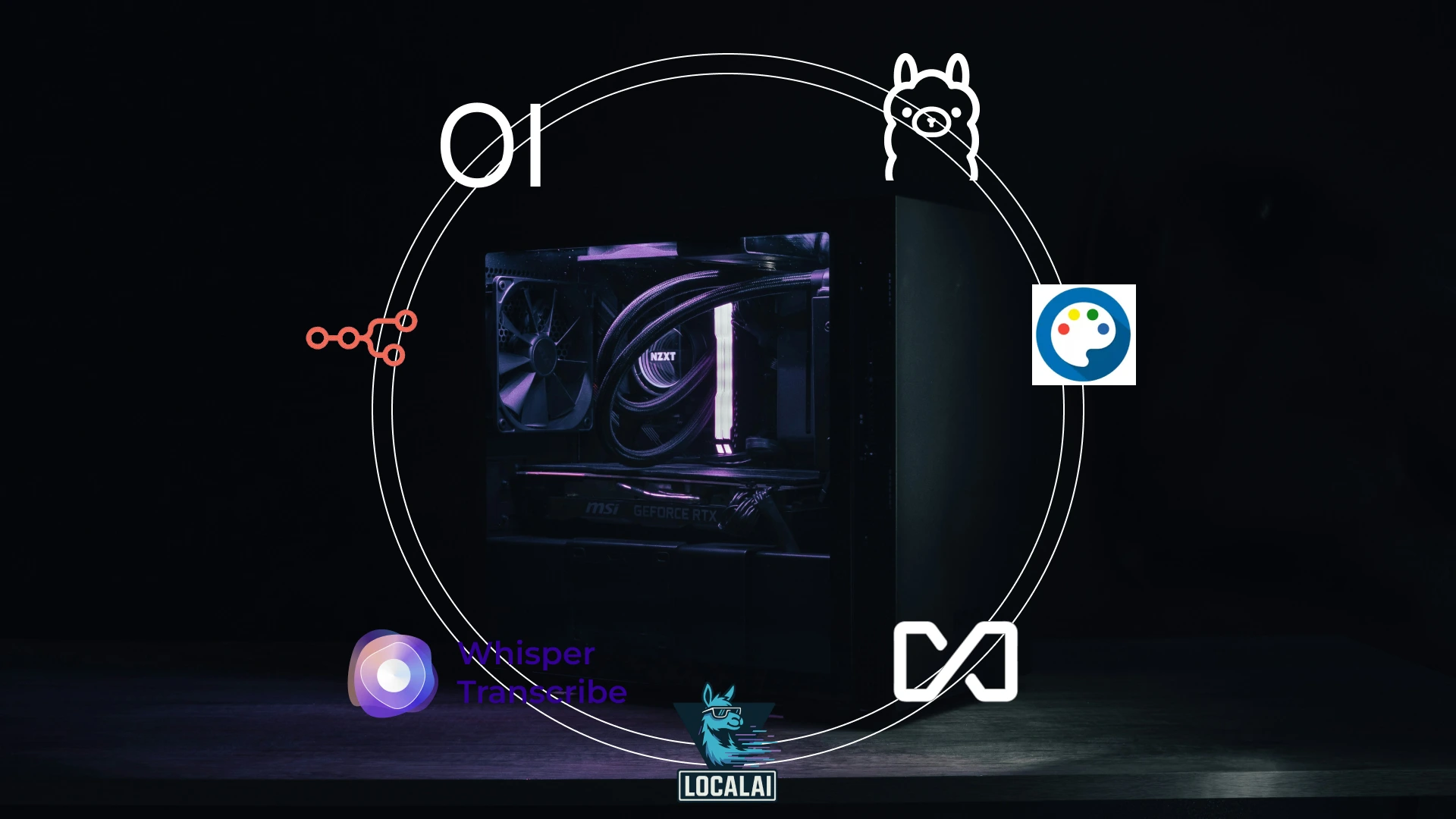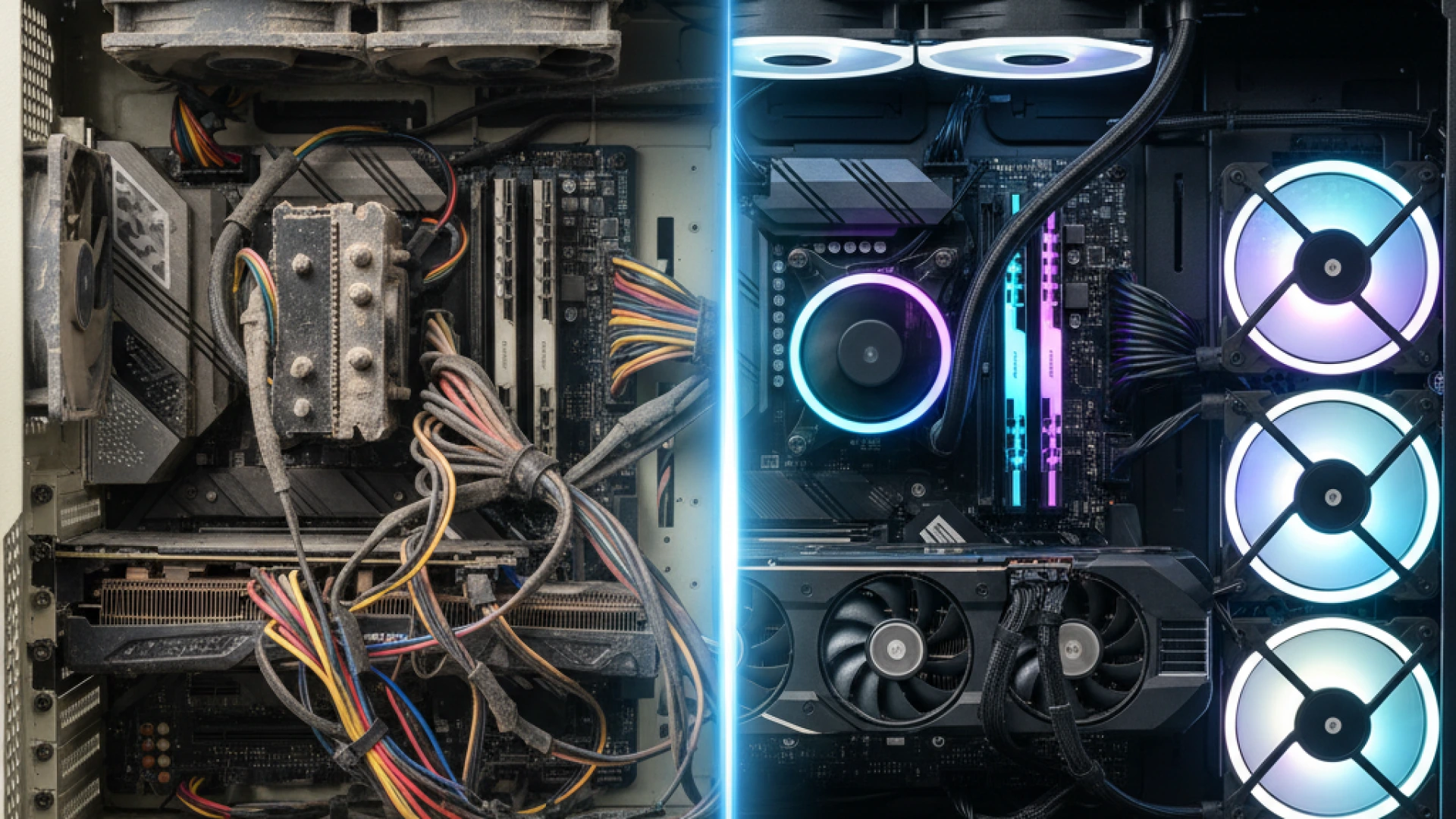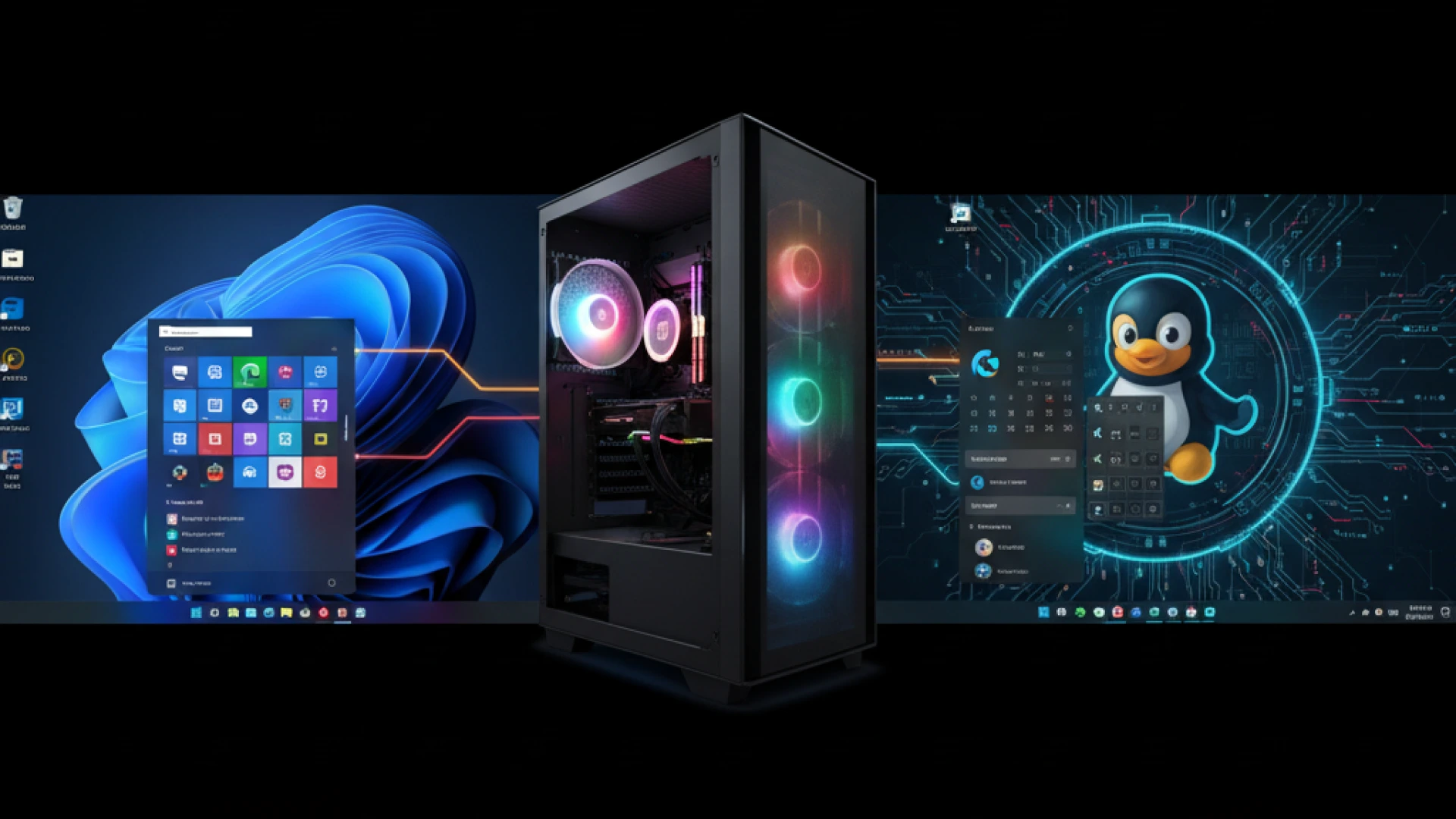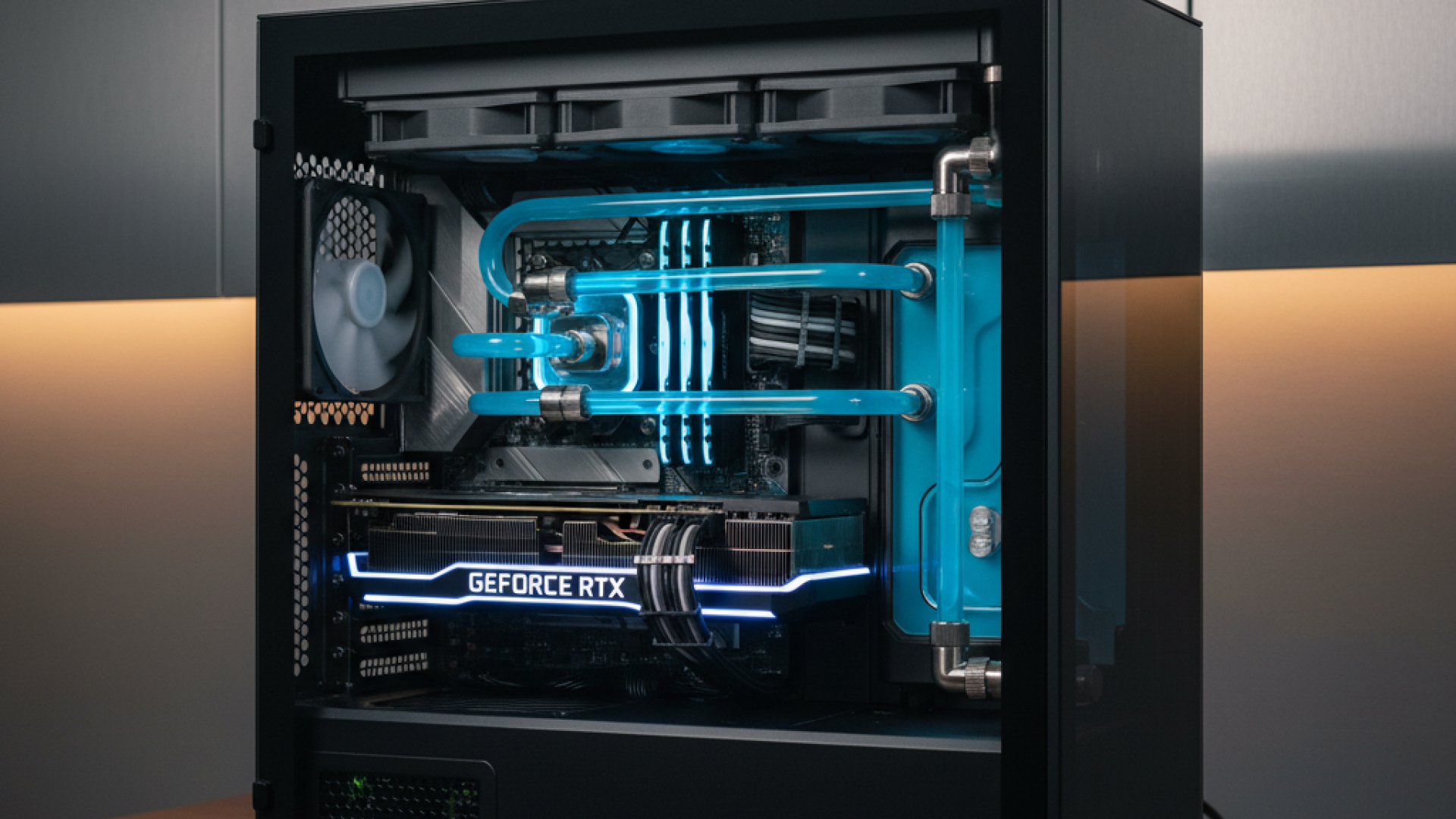Introduction to a 6-way remote controlled system
A 6-way remote-controlled system represents a significant leap in automation technology, offering unparalleled convenience and efficiency. This innovative system allows users to operate six different devices or functionalities from a single remote control unit. The design is based on the principles of user-centric engineering, ensuring ease of use, reliability, and adaptability to various applications.
From home entertainment systems to complex industrial machinery, the six-way remote-controlled system can be customized to suit the specific needs of any environment. It employs state-of-the-art wireless communication protocols to ensure secure and instantaneous response to user commands. The ergonomic remote control is intuitively designed, with buttons that can be programmed for various functions such as on/off, speed control, or directional movement.
The system’s versatility makes it an ideal solution for streamlining operations in multiple sectors, including smart homes, where it can manage lighting, heating, and security systems, or in manufacturing, where it can control different stages of production processes. With its robust construction and the ability to withstand various environmental conditions, the six-way remote-controlled system is set to revolutionize the way we interact with technology.
In this project, we are going to design and construct a system that makes use of remote control to turn on electric bulbs and sockets. An Arduino will be used as the microcontroller. A relay will be used as a switch ( electromagnetic switch) to turn on AC devices.
Components Used in this project
| S/NO | Component | Value | Qty |
| 1 | Arduino Uno | 1 | |
| 2 | IR remote | 1 | |
| 3 | IR Receiver | 1 | |
| 4 | Light bulbs | 4 | |
| 5 | Sockets | 2 | |
| 6 | Lamb holders | 4 | |
| 7 | Relay | 1 | |
| 8 | Transistors | NPN | 6 |
Arduino Uno: The Arduino Uno is a fundamental piece in the world of microcontrollers and electronics hobbyists. It’s a microcontroller board based on the ATmega328P1.
Relay: Relays are versatile electrical components that function as switches, controlling the operation of a circuit using an electromagnet to mechanically manoeuvre contacts. They are essential in various applications, from small-scale electronics to large industrial systems.
Circuit diagram of a 6-way remote-controlled system
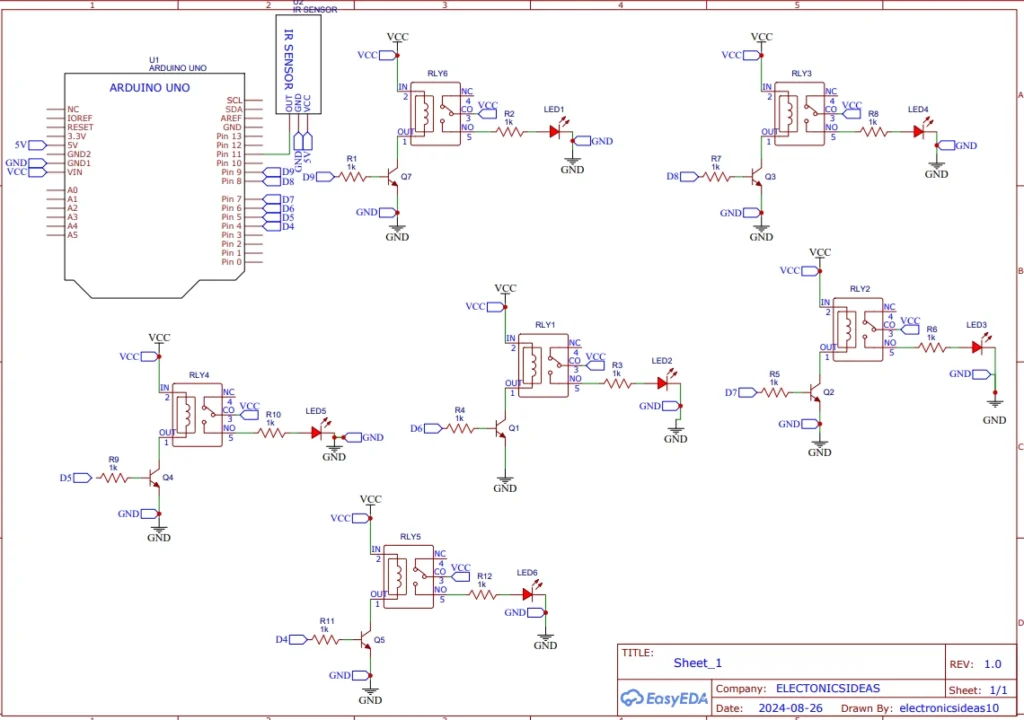
How a 6-way remote-controlled system works
A 6-way remote-controlled system using Arduino and an IR receiver works by allowing a user to control multiple devices wirelessly with an infrared (IR) remote. Here’s a simplified explanation of how it operates:
IR Remote: The user presses a button on the IR remote, sending an IR signal. Each button corresponds to a unique IR code that represents a specific command.
IR Receiver: The IR receiver connected to the Arduino detects this signal. It’s usually a small module with three pins: VCC (power), GND (ground), and OUT (signal). The OUT pin is connected to a digital input pin on the Arduino.
Arduino Processing: The Arduino is programmed to recognize the IR codes received by the IR receiver. When it detects a signal, it decodes it to determine which button was pressed on the remote.
Action Execution: Based on the decoded signal, the Arduino performs the corresponding action, which could be turning a device on or off.
For a 6-way system, six different outputs can be controlled, each linked to a button on the remote.
Outputs from the Arduino are connected to the base of an NPN transistor which connects the relay’s coil through the collector and the emitter is connected to ground. Once high voltage is sent to the base of the transistor from the Arduino, it turns on the transistor which allows the relay to magnetize switching it on.
The NO (normally open) pin of the relay connects to either the socket or bulb through the live wire. The other live wire coming from the source connects to the com( common) of the relay. What happens is, when the relay is switched on it connects the live wire on the com of the relay to to live wire on NO.
Code
#include <IRremote.h>
IRrecv smart(11);
int D1 = 9;
int D2 =8;
int D3 = 7;
int D4 = 6;
int D5 = 5;
int D6 =4;
void setup(){
smart.enableIRIn();
Serial.begin(9600);
pinMode(D1,OUTPUT);
pinMode(D2,OUTPUT);
pinMode(D3,OUTPUT);
pinMode(D4,OUTPUT);
pinMode(D5,OUTPUT);
pinMode(D6,OUTPUT);
}
void loop(){
if(smart.decode()){
Serial.println(smart.decodedIRData.decodedRawData,HEX);
delay(500);
smart.resume();
}
if(smart.decodedIRData.decodedRawData== 0xBB44FF00){
digitalWrite(D1,HIGH);
}
if(smart.decodedIRData.decodedRawData== 0xF807FF00){
digitalWrite(D2,HIGH);
}
if(smart.decodedIRData.decodedRawData== 0xE916FF00){
digitalWrite(D3,HIGH);
}
if(smart.decodedIRData.decodedRawData== 0xF30CFF00){
digitalWrite(D4,HIGH);
}
if(smart.decodedIRData.decodedRawData== 0xF708FF00){
digitalWrite(D5,HIGH);
}
if(smart.decodedIRData.decodedRawData== 0xBD42FF00){
digitalWrite(D6,HIGH);
}
if(smart.decodedIRData.decodedRawData==0xBF40FF00){
digitalWrite(D1,LOW);
}
if(smart.decodedIRData.decodedRawData==0xEA15FF00){
digitalWrite(D2,LOW);
}
if(smart.decodedIRData.decodedRawData==0xE619FF00){
digitalWrite(D3,LOW);
}
if(smart.decodedIRData.decodedRawData==0xE718FF00){
digitalWrite(D4,LOW);
}
if(smart.decodedIRData.decodedRawData==0xE31CFF00){
digitalWrite(D5,LOW);
}
if(smart.decodedIRData.decodedRawData==0xAD52FF00){
digitalWrite(D6,LOW);
}
if(smart.decodedIRData.decodedRawData==0xBA45FF00){
digitalWrite(D1,HIGH);
digitalWrite(D2,HIGH);
digitalWrite(D3,HIGH);
digitalWrite(D4,HIGH);
digitalWrite(D5,HIGH);
digitalWrite(D6,HIGH);
}
else if(smart.decodedIRData.decodedRawData==0xB946FF00){
digitalWrite(D1,LOW);
digitalWrite(D2,LOW);
digitalWrite(D3,LOW);
digitalWrite(D4,LOW);
digitalWrite(D5,LOW);
digitalWrite(D6,LOW);
}Applications of 6-way remote control system
The applications of a 6-way remote control system are diverse and can span across various sectors. Here are some potential uses:
- Home Automation: Control multiple household devices such as lights, fans, air conditioners, and security systems from a single remote.
- Industrial Control: Manage different machinery or production line components in an industrial setting, improving efficiency and safety.
- Entertainment Systems: Operate various components of a home theatre system, including the TV, sound system, and media players.
- Office and Conference Rooms: Manage presentation equipment, screens, and lighting during meetings or conferences.
- Healthcare: Allow patients or staff to adjust medical equipment settings or call for assistance without physical intervention.
- Robotics: Control multiple motors and sensors in robotic systems for education, research, or industrial automation.
These systems, especially when integrated with Arduino and IR technology, offer a cost-effective and customizable solution for managing multiple devices wirelessly, enhancing convenience and functionality in numerous applications.
